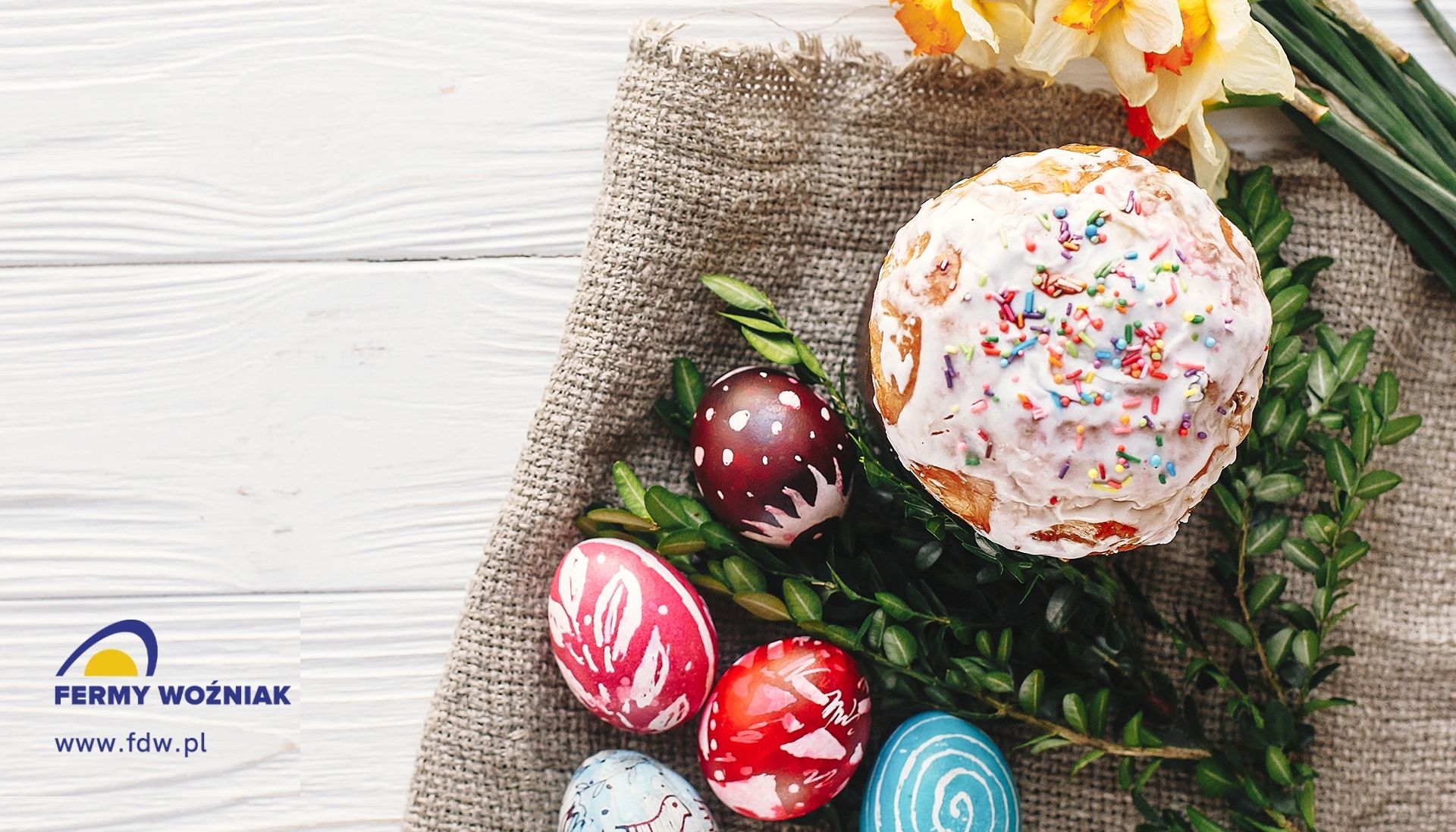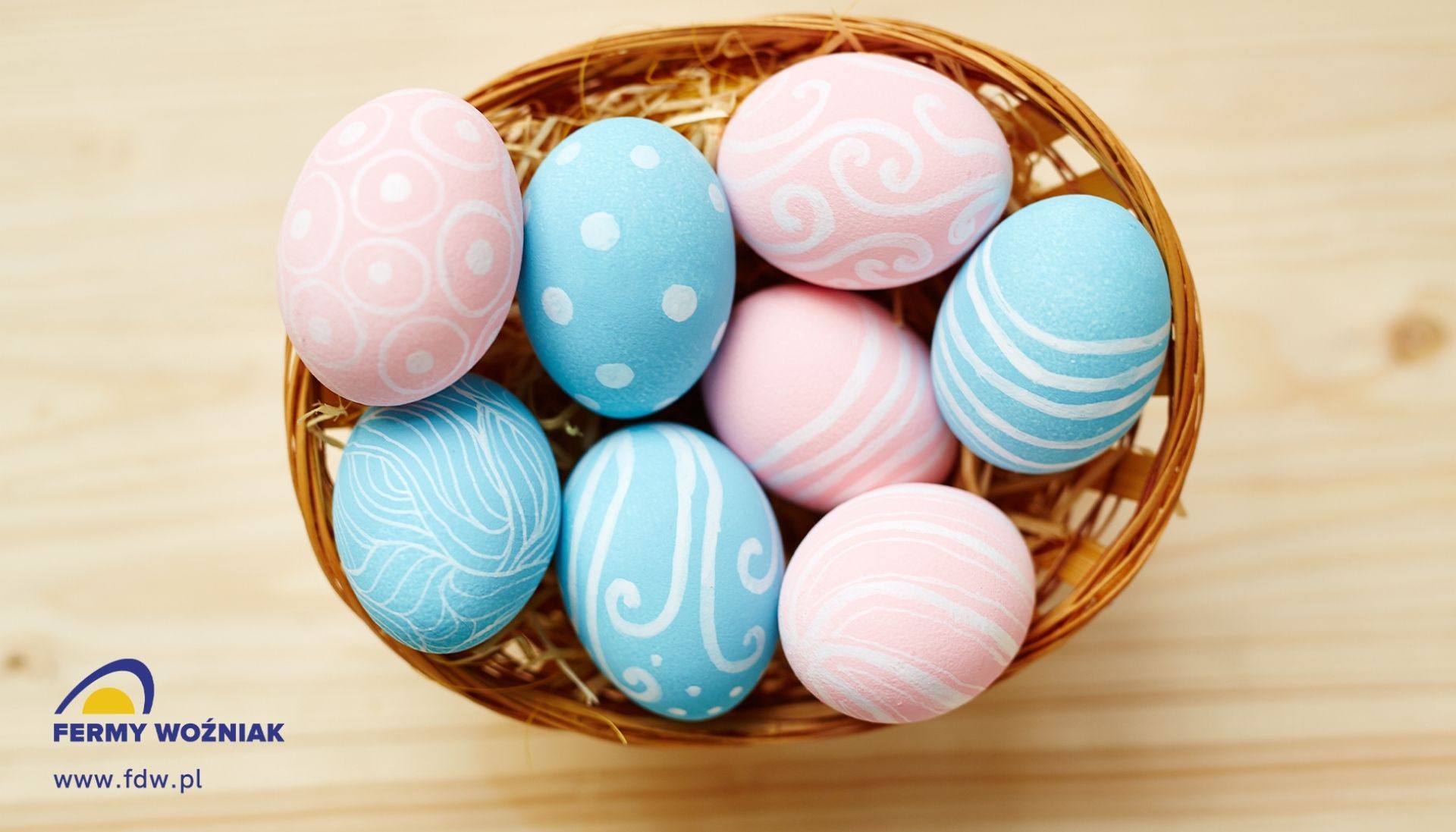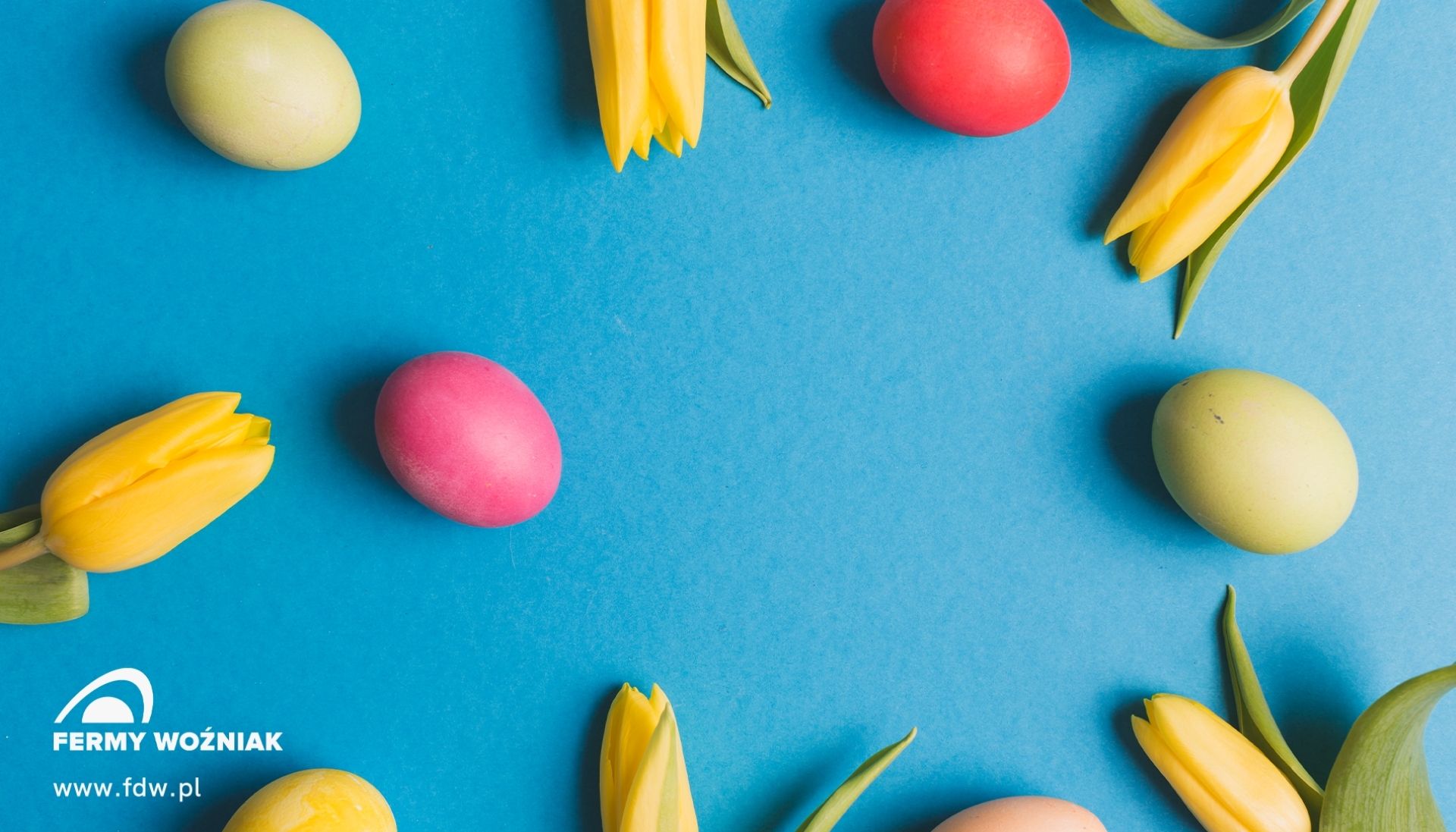
Polish Easter Eggs – Pisanki
WHEN
- READ ONLINE
The egg, a symbol of life and rebirth plays an important role in Polish Easter traditions. Poles use them not only to prepare Easter dishes but also to create colorful ornaments to decorate holiday tables.
In Polish, Easter eggs are called PISANKI , which comes from the verb pisać, or ‘to write’. But where does the tradition of colorful, decorated eggs come from and how do they do it in Poland?
A BIT OF HISTORY
The oldest dyed eggs were found in ancient Mesopotamia. They also appeared in ancient Egypt and were mentioned in Greek mythology. The custom of decorating eggs was also present during the Roman Empire.
The oldest Easter eggs found in Poland date back to the 10th century. They were most often decorated with hot wax, which was used to make patterns on the shells. Next, the eggs were boiled in onion skins, which gave them a red color. It is worth noting that historically, Easter eggs were associated with pagan rituals, but with time, the Catholic Church recognized the egg as a symbol of the resurrection.
“In the past, decorating eggs was done only by women and they started doing it on Good Friday. They usually gathered in one room and decorated the shells together. Easter eggs were a gift for the closest family, friends and relatives. They were also a sign of affection. Young girls could give Easter eggs to boys. The most beautiful Easter egg would go to the boy the girl liked the most” ” emphasizes Barbara Woźniak, Board Representative of Fermy Drobiu Woźniak, the owner of the Zdrovo brand.

DECORATING EASTER EGGS. NATURALLY NATURAL
Nowadays one of the most common ways to decorate eggs is to dye them. Easter eggs in various colours are an inseparable element of Easter. However, it is worth paying attention to what we use to dye them. The safest way is to use natural decoctions of vegetables, fruits or herbs. They will not stain hard-boiled eggs and will not cause allergies after eating.
“Eggs have their own natural coating that protects them from microorganisms and guarantees freshness. During cooking, this natural coating is washed away, the pores open and during this time the dye penetrates, then the pores close. Therefore, at home, it is worth betting on natural ways of dying. However, if we care about a more professional effect, we should use only tested, certified food dyes”– adds Barbara Woźniak.

Depending on the desire to obtain a particular colour and its intensity, we should bet on boiling eggs in water with a specific, natural additive:
- Brown – tea essence, fresh walnut shells or a large number of onion skins, as well as a strong decoction of coffee;
- Red – elderberries, red onion skins, dried berries, hibiscus flowers with a few drops of lemon, beet stock with a drop of vinegar;
- Purple – elderberries, dark (black) mallow petals;
- Pomegranate – a decoction of hibiscus and a pinch of baking soda, chopped red cabbage leaves with a few drops of vinegar;
- Blue – blueberries, bilberries;
- Orange – pumpkin, carrot juice with a drop of vinegar;
- Pink – diluted beet juice (the more diluted, the brighter the colour will be);
- Green – spinach, chives, dried violet flowers, young grass, nettle;
- Golden – a decoction of marigold flowers and turmeric, walnut shells and onion shells (onion shells must be a little more than walnut shells);
- Yellow – curry, turmeric, chamomile, dry onion skins.
Coloured eggs can be varied and scratched in the shell with a sharp tool any pattern. You can also decorate them with fabric scraps, elements cut out from coloured papers, feathers, small flowers, ribbons, or glitter. Easter eggs prepared this way look outstanding with the folklore chic on the Easter table.
Source of text Fermy Drobiu Wożniak
